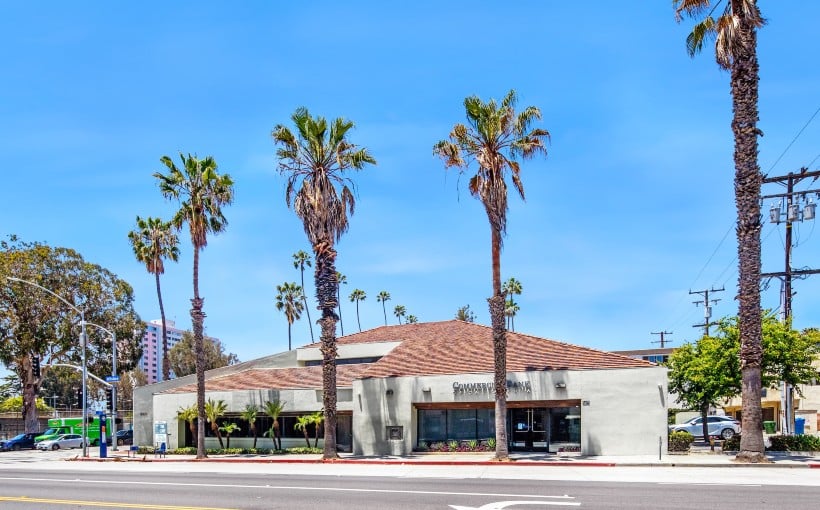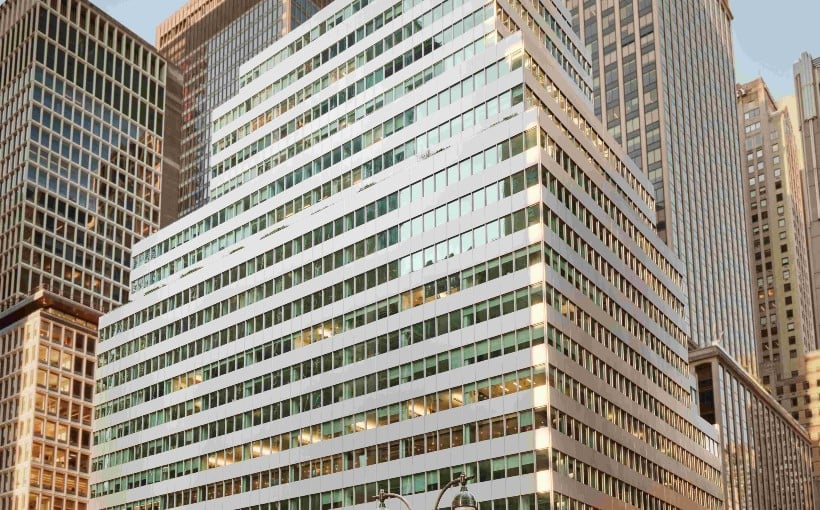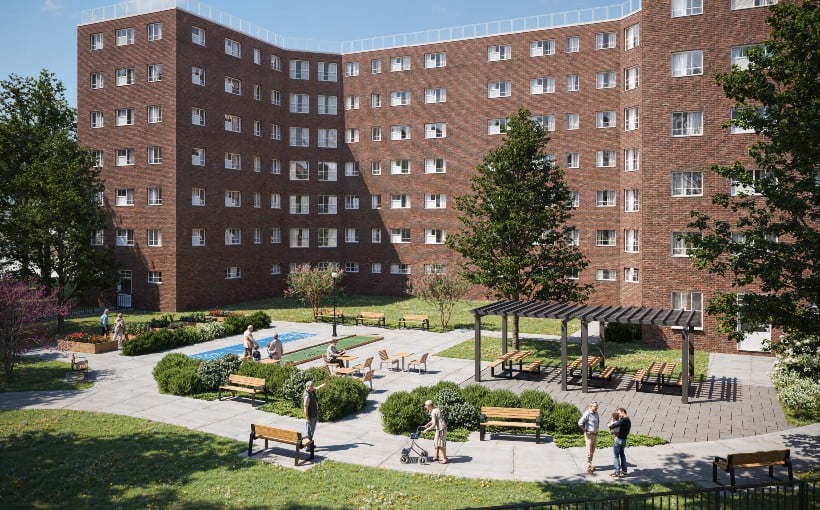**The Administration’s First 100 Days: The CRE Impact and Outlook**
President Donald Trump’s first 100 days in office have been many things—controversial, dramatic, volatile, and chaotic. But another word worth considering is “impactful.”
According to Cushman & Wakefield’s report, *Trump 2.0: The First 100 Days (United States)*, the overall U.S. economy and commercial real estate sectors have “largely remained resilient.” Still, questions linger about whether that resilience can endure the current wave of uncertainty.
**The Economy and Commercial Real Estate**
For those just tuning in, the economy in early 2025 has been anything but stable. Ongoing volatility in the stock market, shifting signals on tariffs, and rising concerns about stagflation and a potential recession have created an environment of economic unpredictability.
Cushman & Wakefield analysts broke down the influence of these factors on commercial real estate (CRE):
– **Stock Market Indices**: While there’s a common view that real estate is decoupled from stock market performance, the “wealth effect” indirectly ties them together. When stocks fall, consumer spending generally declines, impacting business profitability, job growth, and eventually commercial real estate demand.
– **Space Demand**: Entering 2025, demand for space across the four major asset types—office, industrial, retail, and multifamily—was strong or strengthening. A downturn in the economy could suppress this demand. However, the report notes that if a recession is avoided, leasing fundamentals are expected to remain generally resilient.
– **Capital Markets**: By late 2024, the market showed signs of recovery, with rising capital flow and debt availability. While public CRE pricing showed resilience, rising uncertainty may challenge recent gains and impact investor sentiment moving forward.
**Looking Ahead: The CRE Outlook**
While the economic environment remains fluid, based on current trends and data, Cushman & Wakefield’s report outlined several possible outcomes:
– **Near-Term Stagflation**: With a mix of high inflation and low growth beginning to emerge, stagflation appears increasingly likely. This scenario complicates decisions for the Federal Reserve and usually dampens demand for CRE space. At the recent May 2025 FOMC meeting, the Fed opted to hold the Effective Federal Funds Rate steady, reflecting a cautious stance given current conditions.
– **Potential 2026 Rebound**: The report anticipates that 2026 may bring relief, as tariff rates are expected to decline and inflation could ease. This would create favorable conditions for the Federal Reserve to consider interest rate cuts. Additionally, any benefits from extended tax cuts and deregulatory measures might stimulate increased property demand—particularly helpful as new construction starts have slowed more than expected in the post-tariff environment.
– **Restrictive Immigration Policies**: The administration’s efforts to tighten immigration and increase deportations are already impacting labor availability, especially in sectors crucial to CRE, such as construction, maintenance, hospitality, and food service. This trend is expected to continue, making it harder for developers and operators—especially in retail and hotels—to find workers.
In summary, while commercial real estate has shown a fair degree of stability in the face of political and economic headwinds, 2025 is shaping up to be a year of caution and strategic repositioning. Stakeholders in CRE should prepare for short-term turbulence, with cautious optimism for more favorable conditions in 2026.




